
Based on the findings, patients who are stable on their current IFN-ß therapy should remain on that therapy, but further studies are needed on when to switch therapies in multiple sclerosis.

Matt Hoffman, Editorial Director for NeurologyLive, has covered medical news for MJH Life Sciences, NeurologyLive’s parent company, since 2017. He executive produces the NeurologyLive Mind Moments® podcast, and hosted the Medical World News show Deep Dive. Follow him on Twitter @byMattHoffman or email him at [email protected]

Based on the findings, patients who are stable on their current IFN-ß therapy should remain on that therapy, but further studies are needed on when to switch therapies in multiple sclerosis.
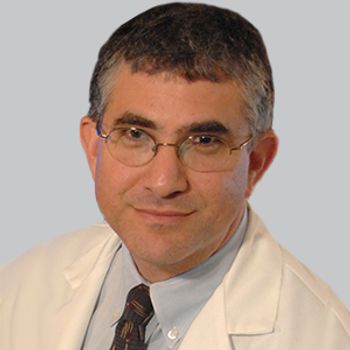
The professor and head of the Department of Neurology and Rehabilitation at the University of Illinois at Chicago spoke about how data can better inform epilepsy care.

The treatment, previously known as retigabine, was assessed in a phase 2 trial in more than 60 patients with amyotrophic lateral sclerosis.

Although the trial was small, the findings reiterate what has previously been shown with natalizumab in larger, prior studies.

Physicians have debated whether or not cognition is a reliable marker for disease deterioration, and if it should necessitate a change in therapy.

A new analysis has suggested that an inflammatory response may be a crucial and modifiable determinant of disability accrual in progressive-onset multiple sclerosis.

The chief medical officer of Wave Life Sciences provided insight into the investigational DMD treatment.

The therapy met both primary and secondary end points across a broad spectrum of patients with generalized myasthenia gravis, including significant reductions in both QMG and MG-ADL scores.

Pharmacokinetic data from phase 1 studies of AXS-05 showed it increases dextromethorphan concentrations into a potential therapeutic range. It was granted a Fast Track designation.

The director of the Epilepsy Center at Children's Health spoke about the findings of the clinical screening program, and how depression is often overlooked in patients with epilepsy.
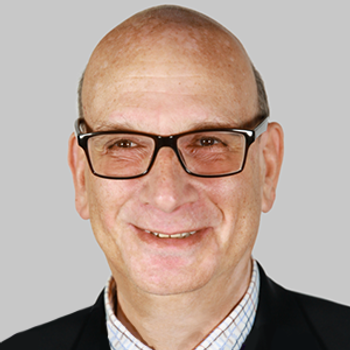
The chief medical officer at SK Life Science discussed what makes cenobamate unique, as well as what current studies have discovered.

WVE-210201 was granted both Orphan Drug and Rare Pediatric Disease designations from the FDA, as well as Orphan Drug status in the European Commission.
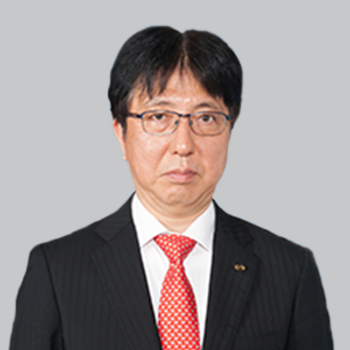
The agent is designed to target the tau “seeds” that spread throughout the brain over the progression of the disease, with its first clinical assessment expected to occur in early 2019.

Despite smaller trials suggesting some benefit, a trial of more than 3000 patients has demonstrated no differences between placebo and fluoxetine 6 months post-stroke.

The non-invasive vagus nerve stimulator’s OK marks the first approval for cluster headache of any kind.

Recent data has shown that a start low, go slow approach with cenobamate may mitigate the risk of drug reaction with eosinophilia and systemic symptoms syndrome.

The largest and longest prospective neuromodulation trial in the field of epilepsy showed about a 75% response rate with patients achieving at least a 50% reduction in seizures.

Regulatory action is expected to be made by May 2019. The therapy previously received a Breakthrough Therapy designation from the FDA.

The director of the Epilepsy Program at Children’s Hospital of Philadelphia spoke about the long-awaited advancement brought on by cannabidiol for Dravet syndrome.
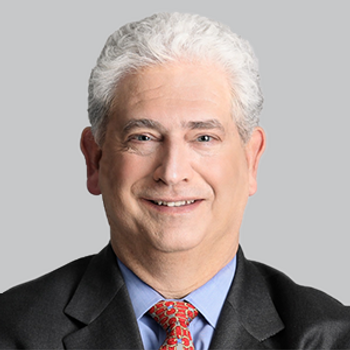
This novel dosage form of diazepam had comparable times to maximal concentration in both 2-hour and 4-hour timeframes.

The recently approved therapy remained generally well tolerated and improvements in overall condition in Subject/Caregiver Global Impression of Change scores.
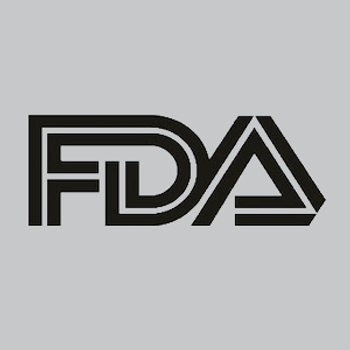
Part 2 of the phase 2 trial in CMT is ongoing, expected to enroll 40 patients with the condition.

Since the therapy’s approval in 2014 for relapsing MS, 13 cases of patients experiencing these issues have been reported to the FDA’s Adverse Event Reporting System database.

The agency warned that halting treatment with fingolimod could lead to rare but possible worsening of the condition, as well as permanent disability.
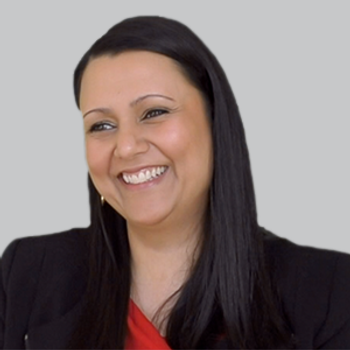
The director of the MedStar Georgetown University Hospital Headache Center shared her interest in the pipeline and the ongoing search for biomarkers in migraine.

The director of the MedStar Georgetown Headache Center discussed ways to improve the patient-provider relationship and how primary care can get involved.
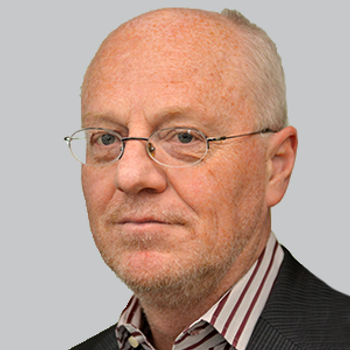
As the scientific grasp of it gets tighter, ensuring physicians have an understanding of the diagnosis of and treatment options for cluster headache becomes of utmost importance.

Theranica, its developer, noted that it has completed regulatory submission for the device to the FDA, and that if approved, it plans to commercialize the product by the end of 2019.

While studies support the use of cannabis for pain in adults, a lack of clinical data and an inability to perform studies has slowed the medical community’s understanding of the drug’s conceivable use in headache conditions.

The treatment options for carotid webs with ischemic strokes have not been extensively investigated, and multicenter observational studies are warranted.